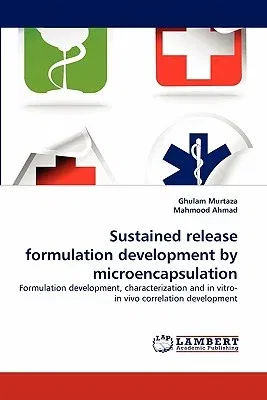Ghulam Murtaza
(Author)Sustained Release Formulation Development by MicroencapsulationPaperback, 6 October 2010

Qty
1
Turbo
Ships in 2 - 3 days
In Stock
Free Delivery
Cash on Delivery
15 Days
Free Returns
Secure Checkout
Print Length
216 pages
Language
English
Publisher
LAP Lambert Academic Publishing
Date Published
6 Oct 2010
ISBN-10
3838384121
ISBN-13
9783838384122
Description
Product Details
Authors:
Book Format:
Paperback
Country of Origin:
US
Date Published:
6 October 2010
Dimensions:
22.86 x
15.24 x
1.24 cm
ISBN-10:
3838384121
ISBN-13:
9783838384122
Language:
English
Pages:
216
Publisher:
Weight:
322.05 gm

